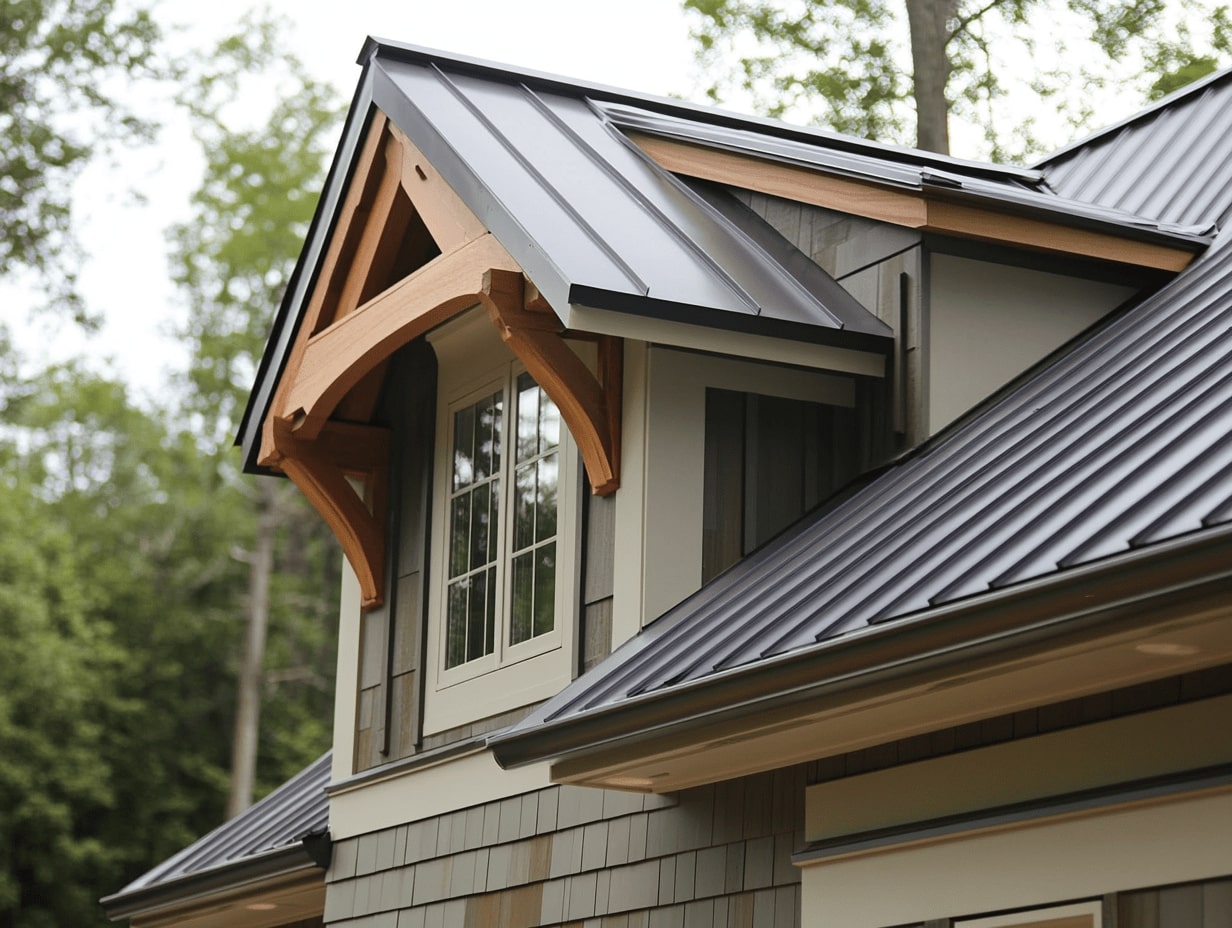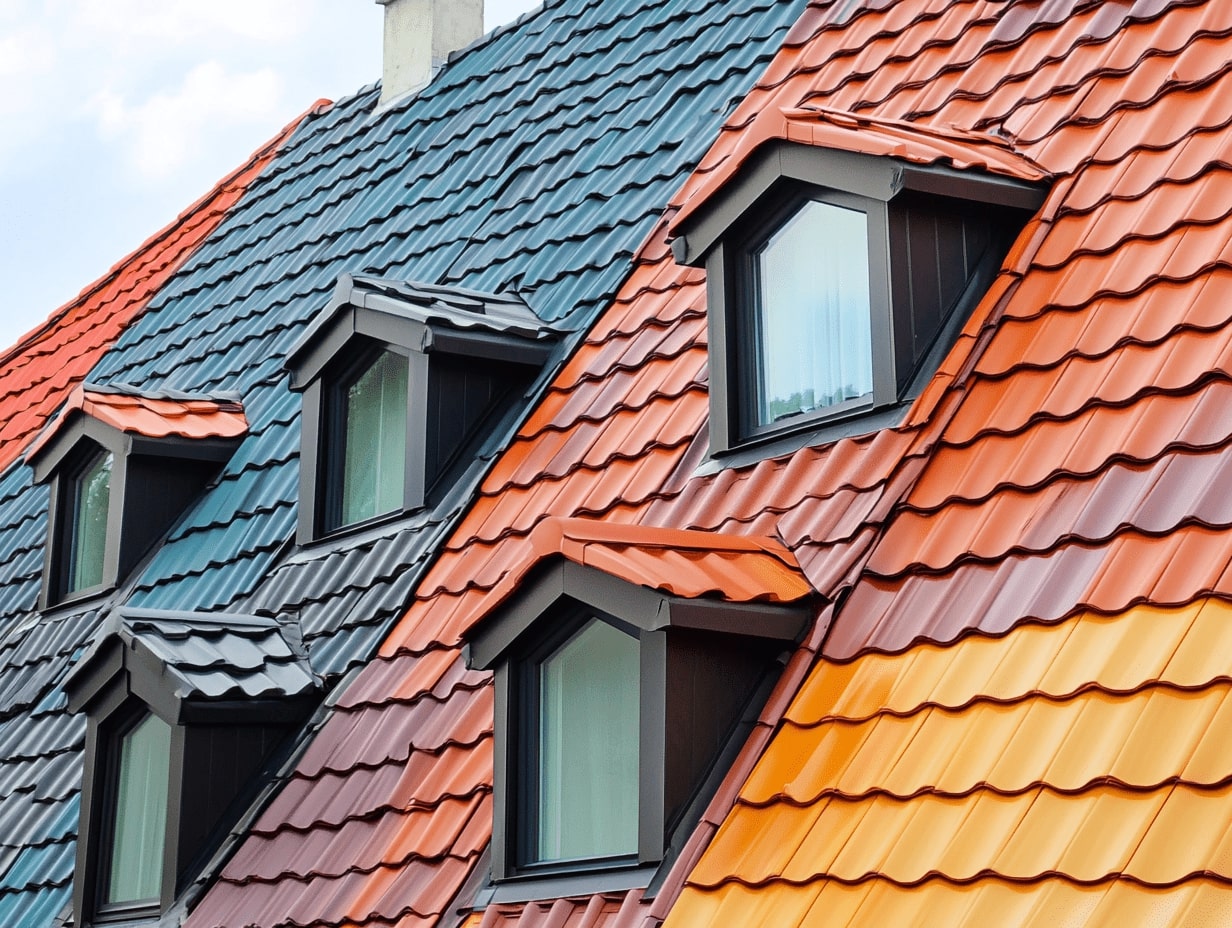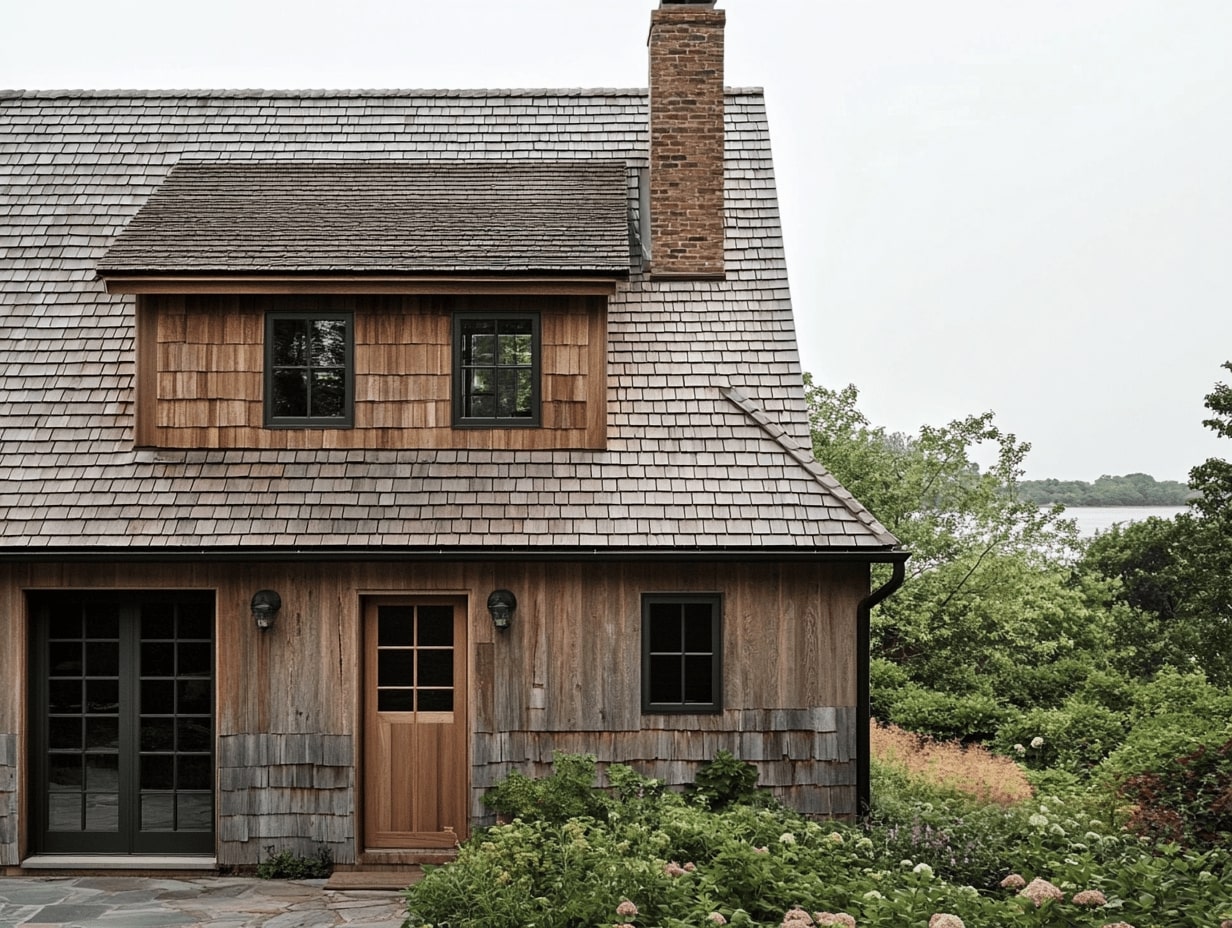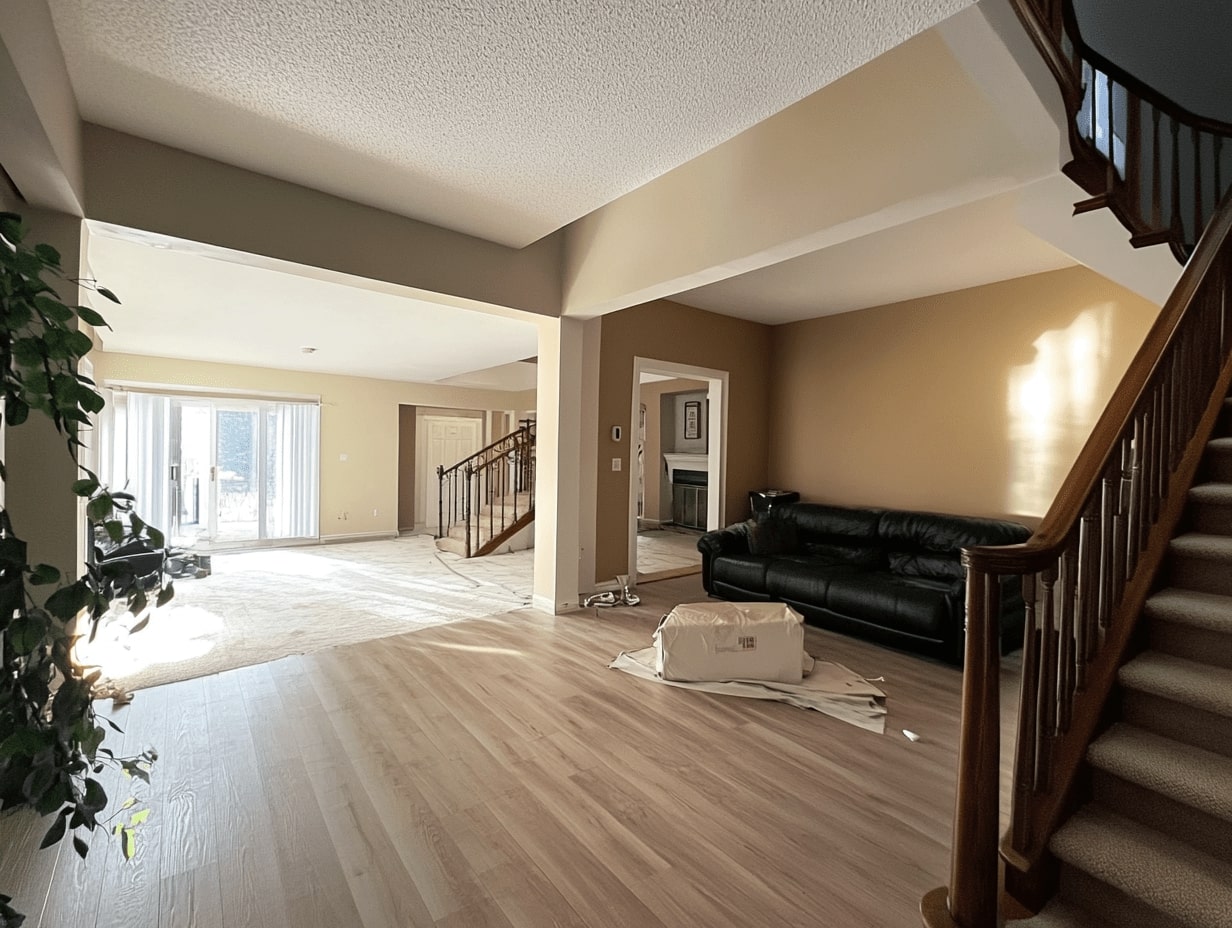- Home
- Articles
- Architectural Portfolio
- Architectral Presentation
- Inspirational Stories
- Architecture News
- Visualization
- BIM Industry
- Facade Design
- Parametric Design
- Career
- Landscape Architecture
- Construction
- Artificial Intelligence
- Sketching
- Design Softwares
- Diagrams
- Writing
- Architectural Tips
- Sustainability
- Courses
- Concept
- Technology
- History & Heritage
- Future of Architecture
- Guides & How-To
- Art & Culture
- Projects
- Interior Design
- Competitions
- Jobs
- Store
- Tools
- More
- Home
- Articles
- Architectural Portfolio
- Architectral Presentation
- Inspirational Stories
- Architecture News
- Visualization
- BIM Industry
- Facade Design
- Parametric Design
- Career
- Landscape Architecture
- Construction
- Artificial Intelligence
- Sketching
- Design Softwares
- Diagrams
- Writing
- Architectural Tips
- Sustainability
- Courses
- Concept
- Technology
- History & Heritage
- Future of Architecture
- Guides & How-To
- Art & Culture
- Projects
- Interior Design
- Competitions
- Jobs
- Store
- Tools
- More
Ultimate Guide to Choosing the Right Materials for Home Renovations
Discover how to choose the perfect materials for your home renovation in this comprehensive guide. Navigate through the myriad options by focusing on durability, aesthetics, sustainability, and budget. Learn how to balance functionality with personal style while considering environmental impacts.

When it comes to home renovations, choosing the right materials can make all the difference in achieving a stunning and lasting transformation. With countless options available, it’s easy to feel overwhelmed. But don’t worry—we’re here to simplify the process and help you make informed decisions that suit your style and budget.
Our homes are reflections of who we are, and selecting the perfect materials is key to creating spaces that feel both functional and personal. Whether you’re revamping your kitchen, updating your bathroom, or giving your living room a fresh look, understanding the properties and benefits of different materials is crucial.
Let’s dive into the essentials of picking the right materials for your renovation project. We’ll explore factors like durability, aesthetics, and sustainability to ensure your choices not only enhance your home’s beauty but also stand the test of time. Together, we’ll turn your vision into reality with materials that truly fit your needs.

Table of Contents
ToggleUnderstanding Your Renovation Needs
Identifying specific renovation needs is crucial for selecting the right materials. By evaluating each space, we consider its function, style preference, and how it connects with the rest of the home. For instance, kitchens require durable and easy-to-clean surfaces due to frequent use, while living rooms benefit from materials that enhance comfort and warmth.
Budget constraints often influence material choices. Establishing a budget helps prioritize needs, allowing us to opt for cost-effective or premium materials based on available resources. Exploring material longevity and maintenance requirements is also important, as they impact long-term expenses and convenience.
Environmental considerations play a role in guiding material selection. Our choice leans toward sustainable options, especially in eco-conscious renovations. Using materials with lower environmental impact, like recycled wood or energy-efficient options, aligns the renovation with broader ecological goals.
Expert advice can clarify uncertainties. Consulting architects or interior designers offers insights into innovative materials or technologies that match our renovation needs. This collaboration ensures we make well-informed decisions that provide both functionality and aesthetics in the renovated space.

Factors to Consider When Choosing Materials
Optimizing material choice for home renovations involves assessing several factors that influence the overall success of the project. Let’s explore critical considerations.
Budget Constraints
Establishing a clear budget guides material selection by defining limits and priorities. Higher-end options like marble or hardwood offer premium aesthetics but cost more. Conversely, materials such as laminate or vinyl provide affordability without sacrificing style. Allocating resources wisely enables balance between quality and expense. Lots of families like taking out a affordable home renovation loan with flexible terms to make sure every aspect of their project stays within budget while meeting their design goals. This financial support allows them to complete renovations efficiently without compromising on the materials or finishes they truly want.
Lifestyle and Usage
Understanding household dynamics aids in choosing materials suited to daily activities and wear. Families with children or pets might favor durable quartz countertops in kitchens or stain-resistant carpets in living rooms. Materials must withstand usage while aligning with comfort and maintenance needs.
Environmental Impact
Considering sustainability can influence material decisions significantly. Renewable resources like bamboo or recycled metal introduce eco-friendly elements to the home. Evaluating the life cycle of materials, from sourcing to disposal, ensures minimized environmental footprint. Opting for sustainable choices contributes to a greener future.
Common Materials for Different Renovation Areas
Choosing the right materials for home renovations depends on the specific needs of each area. Flooring, countertops, and surfaces require durable, aesthetic choices that match personal style and functional demands.
Kitchen Materials
In the kitchen, durability and ease of maintenance are paramount. Granite and quartz countertops offer longevity and a range of colors, while stainless steel appliances ensure easy cleaning and resilience. For cabinetry, solid wood like oak or maple provides classic appeal and robustness.
Bathroom Materials
Bathrooms necessitate materials that resist moisture and maintain hygiene. Ceramic and porcelain tiles excel for flooring and walls, thanks to their water resistance and variety in styles. For vanities, engineered stone or laminate options offer both durability and budget-friendliness.
Flooring Options
Selecting the natural flooring impacts aesthetics and functionality. Hardwood delivers warmth and elegance in living areas but requires careful maintenance. In high-traffic zones, laminate or vinyl planks provide durability and affordability, mimicking natural wood’s appearance without its upkeep demands.
Exterior Materials
Exterior renovations demand materials capable of withstanding environmental conditions. For siding, fiber cement and vinyl offer resilience against weather elements while requiring minimal maintenance. Roofing materials like asphalt shingles provide cost-effective solutions with a variety of style choices.

Pros and Cons of Popular Materials
Choosing the right materials affects durability and aesthetics in home renovations. Below, we evaluate wood, tile, and stone by highlighting their benefits and drawbacks.
Wood
Wood offers natural warmth and timeless appeal in any space. Hardwood floors add value and elegance but need occasional refinishing for longevity. Engineered wood provides moisture resistance, making it suitable for kitchens and basements. However, warping can occur in high-humidity areas if not properly sealed.
Tile
Tile serves well in high-moisture areas like bathrooms and kitchens. Ceramic and porcelain tiles are durable and easy to clean, ideal for flooring and walls. Available in various designs, they enhance any style. While installation can be time-consuming and costly, tiles promise low maintenance in the long run.
Stone
Stone delivers unmatched durability and luxury in spaces like bathrooms and exteriors. Granite countertops resist scratches and heat, offering a premium look. Marble provides elegance, but it’s prone to staining and requires regular sealing. With proper care, stones can enhance both functionality and aesthetic value.

Tips for Making the Final Decision
Assessing cost-efficiency enables informed decisions. Comparing the prices of different materials helps us find options that align with our budget without compromising quality. Prioritizing durability is crucial, as long-lasting materials provide better value over time. If a material seems less durable, we might reconsider its use in high-traffic areas.
Evaluating aesthetics ensures cohesive design. Aligning material colors and textures with the overall theme of our home guarantees visual harmony. If a material clashes with existing elements, exploring alternatives with similar functionality but improved aesthetics is beneficial.
Considering maintenance keeps our living spaces pristine. Choosing materials with maintenance demands we’re comfortable with simplifies upkeep. High-maintenance options might lead to ongoing frustrations if we’re unprepared for the required care routine.
Checking reviews provides real-world insights. Reading user experiences with specific materials offers a preview of potential issues or advantages. Negative reviews highlighting common problems might warrant reconsideration of our choice.
Consulting professionals adds expertise. Interior designers or contractors bring valuable perspectives on material suitability and installation. If we’re unsure about a selection, seeking professional advice can guide us toward a more informed choice.
Conclusion
Choosing the right materials for home renovations requires a thoughtful approach. By understanding each space’s functional needs, personal style, and budget constraints, along with consideration for environmental impacts, we can ensure successful outcomes. It’s crucial to balance aesthetics with durability and cost-efficiency. The knowledge of popular materials—such as wood, tile, and stone—and their specific characteristics helps us make informed decisions tailored to our unique renovation goals. Engaging with professionals provides valuable insights and elevates our design choices, ensuring both the beauty and utility of our remodeled spaces. Let’s leverage these strategies to transform our homes into places that reflect our vision and lifestyle.
- affordable renovation materials
- bathroom renovation materials
- bedroom renovation materials
- best materials for home renovation
- choosing renovation materials
- eco-friendly renovation materials
- home remodeling materials guide
- home renovation materials
- kitchen renovation materials
- living room renovation materials
- luxury home renovation materials
- modern home renovation materials
- quality home renovation materials.
- renovation materials comparison
- renovation materials for beginners
- renovation materials tips
- sustainable home renovation materials
- top renovation materials 2023
- traditional home renovation materials
Submit your architectural projects
Follow these steps for submission your project. Submission FormLatest Posts
Shipping Containers as Functional Infrastructure on Construction Sites
Construction sites are temporary by definition, yet the systems that support them...
Understanding Site Safety Footwear in Architectural Practice
Architecture is often discussed through drawings, models, and finished buildings, yet a...
General Arrangement Drawings in Architecture: The Backbone of Clear Design Communication
General Arrangement Drawings explained: what they are, when to use them, how...
How to Avoid Costly Mistakes During Large Renovation Projects
A big renovation sounds like a dream—until you’re washing dishes in the...












Leave a comment